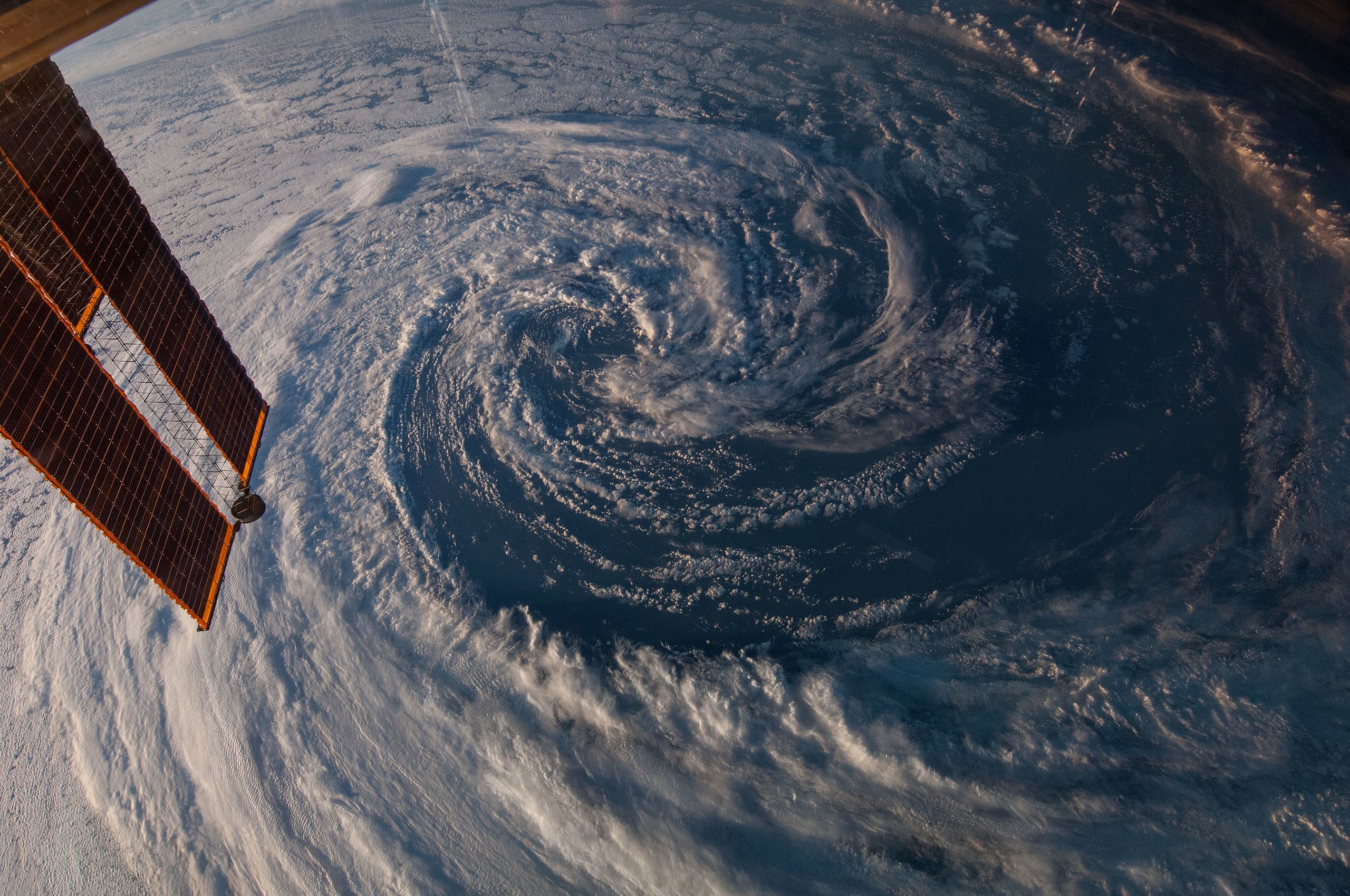Australian-designed satellites could provide critical weather prediction data to Bureau of Meteorology
A suite of Australian designed and built meteorological satellites could help meet the future needs of the Bureau of Meteorology, a UNSW Canberra study has found.

